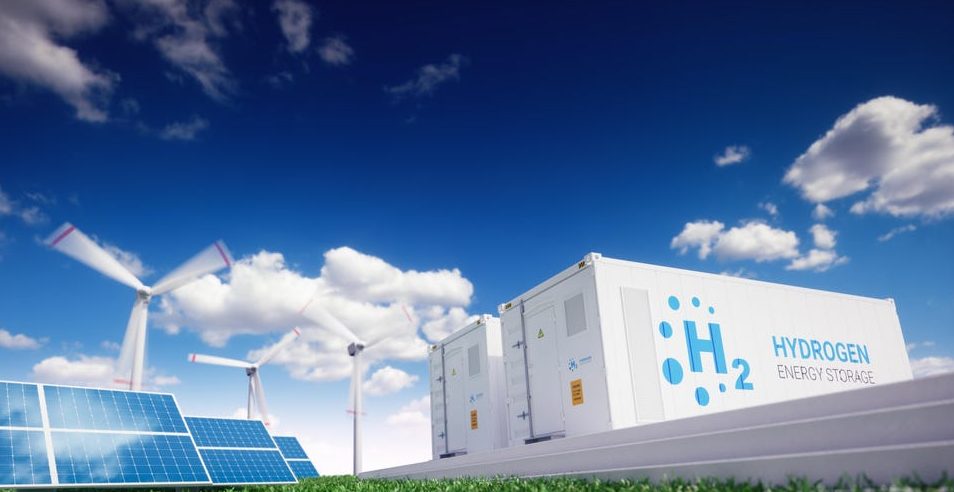The African Continental Free Trade Agreement (AfCFTA), the world’s largest free trade agreement with 54 African countries, was launched in 2021 with the aim of improving trade integration across the continent. Previously, not only did high tariffs between African countries hamper pan-African trade, but so did preferential trade with extra-regional partners. Since 1995, the EU has been the region’s most important trading partner, accounting for one-third of its trade in goods, followed by China and the United States. Dependence primarily on commodity and agricultural exports to Europe, as well as imports of food products and industrial goods, meant that intra-African trade in goods represented only 0.36 % of world trade. The collapse of domestic production of industrial goods led to enormous poverty, which in turn resulted in more imports and increasing intercontinental economic relations in the cycle of dependence. In addition to high customs duties, bureaucratic hurdles and corruption, long waiting times at borders or obstructive export regulations also hampered the intra-African market. According to the United Nations Economic Commission for Africa (UNECA), the diversification of the African economy will increase intra-African trade by 52% this year.
The FTA takes a significant step toward implementing the 2030 Agenda on the second most populous continent with its 1.3 billion people. The goals of promoting sustainable and inclusive development, as well as achieving gender equality and structural change in member states, are important components of the agreement. The World Bank predicts that the new free trade area will lift 30 million people out of poverty as well as increase the continent’s gross domestic product by $450 billion. Market liberalization within Africa will also promote lower CO2 emissions thanks to regional rather than intercontinental freight transport. The COVID-19 pandemic has highlighted the importance of self-sufficiency and building regional value chains on the continent. This momentum is an opportunity to emerge on the world stage after the pandemic as a strengthened and united Africa for extra-regional partners. However, the overriding premise of all trade relations should be for African countries to achieve the SDGs, especially SDG 1 “no poverty” and SDG 2 “no hunger.”
At the beginning of June, the European Parliament published a draft of a detailed report on the future of trade relations between the EU and Africa, the breadth of which impressively highlights the potential and opportunities for the German economy as well. Particularly with regard to the pressing economic issues arising from current political events – such as the question of renewable and sustainable energy production to secure Germany’s needs in light of the Ukraine crisis – this clearly shows the new and expanded opportunities for extremely fruitful trade dialogues and long-term solutions for both sides. Germany’s economic activities and German companies are thus partnered by a historically unprecedentedly strong and important Africa.
Sources:
Böschemeier, J. & Teti, F. A. (2021): The AfCFTA pan-African free trade area – utopia or real opportunity? Ifo Schnelldienst. Available at: https://www.ifo.de/DocDL/sd-2021-10-boeschemeier-teti-afcfta.pdf
The draft report on the future of EU-Africa trade relations is dated 03 June 2022 and will be voted on 23 June 2022. Available at: https://www.europarl.europa.eu/doceo/document/A-9-2022-0169_DE.html

